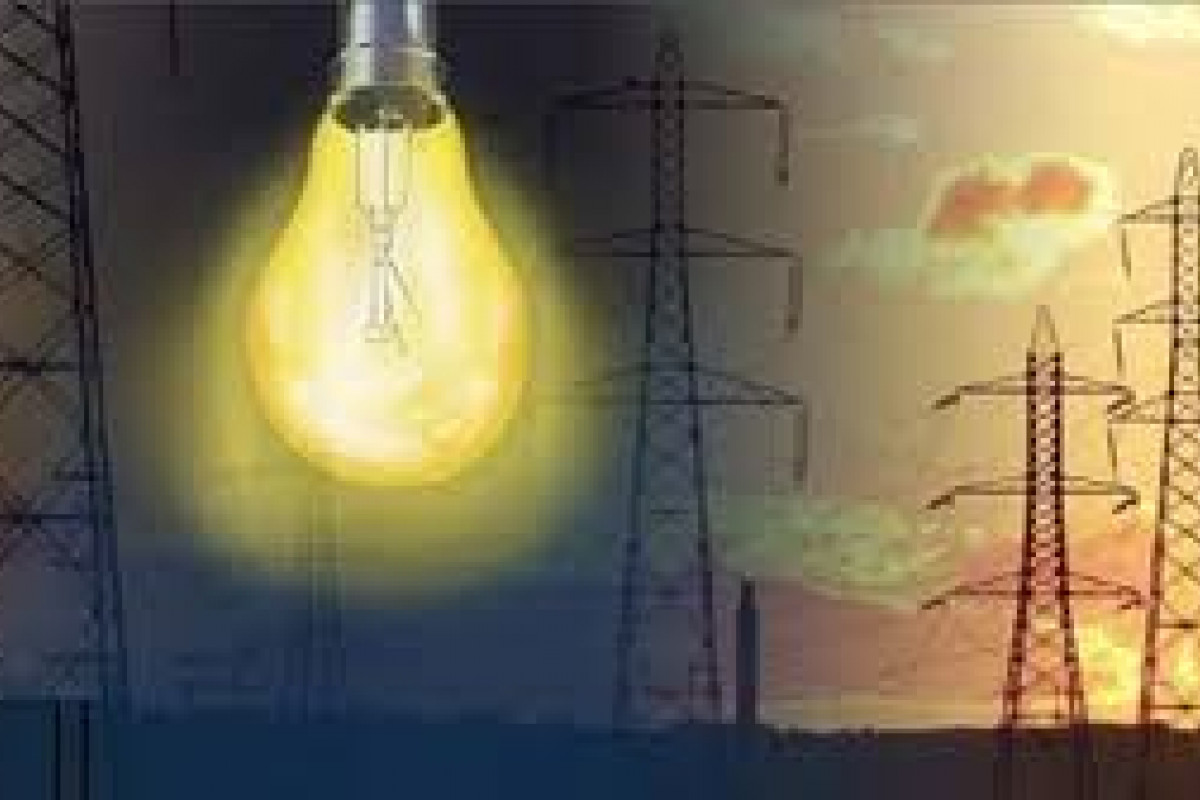If there is one aspect on which we can all agree, it is the significance of diversifying our energy sources. Despite output limitations owing to low water levels, Kariba remains Zimbabwe's primary source of energy. Because of limited inflows from the main Zambezi River, the lake has been rapidly shrinking. The Zimbabwe River Authority (ZRA) has granted Kariba permission to generate 1050MW in order to minimize the overuse of water, which could result in the lake becoming depleted and requiring a considerable amount of time to refill before it can be used to generate power again.
Hwange Thermal Power Station is also another electricity generation power station in Zimbabwe. Initially the power plant was installed with a capacity of 920MW.The plant comprised of six existing coal-fired generating units, four producing 120MW each and two of them 300MW. Due to the breakdown of old equipment at the station there were severe and regular unscheduled power cuts in Zimbabwe and this led to the construction of additional two units which added 600MW onto the national grid in Zimbabwe making it a total of 1520MW generated at the station.
Some businesses and households are now making use of solar power. Solar radiation averages 16MJ per square meter during winter and 22MJ per square meter during mid-summer time. Solar power is limited due to lack of capital to build plants. Zimbabwe is also presently getting electricity supply from its neighboring countries that is Mozambique and Zambia. The country is expected to acquire anything between 150MW and 400MW from Mozambique and 100MW from Zambia.
There are also some licensed independent power producers that have emerged in Zimbabwe. They produce electricity for their own consumption and for sale. These include Triangle power station, Hippo Valley Estate Power Station and Nyanga solar plant station just to mention a few.
Biogas and Wind energy are some of the alternative sources of energy that can be used in Zimbabwe. The relatively low wind speeds constraint Zimbabwe’s efforts in developing wind energy. However in some areas such as the Eastern highlands wind energy might be easy to harness due to the high speeds of between 4 and 6 m/s.
As a result of load shedding, the country is subject to daily power outages. Organizations are now investing in their own power generation, and some new businesses are springing up just to source and supply electricity to other businesses.
Key Terms
- MW- megawatt
- MJ- mega joules
- M/S- meters per second
The following survey reports are available
- Sectorial-Based Salary Survey Reports
- National Salary Survey Report (Consolidation of 13 Sectors)
- Non-executive Directors Fees Survey Report
- Human Resource Policy Documents

